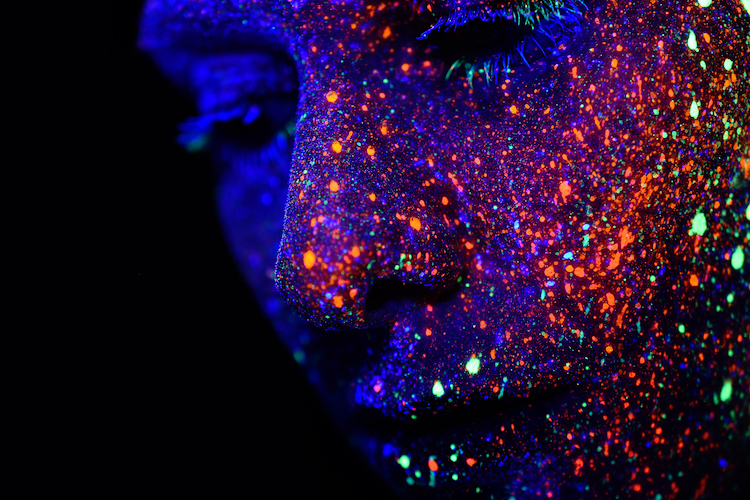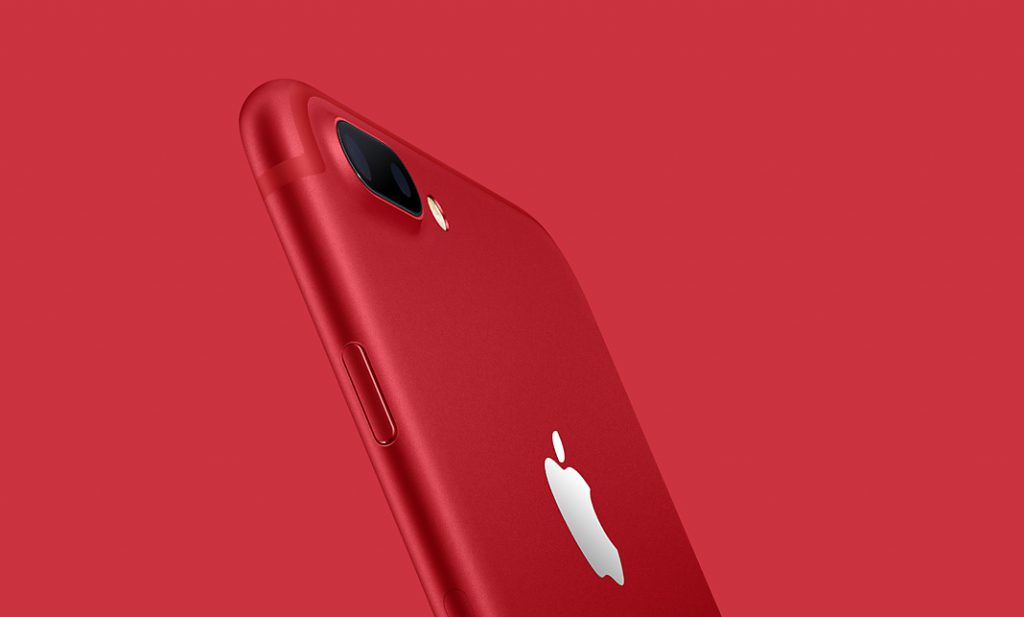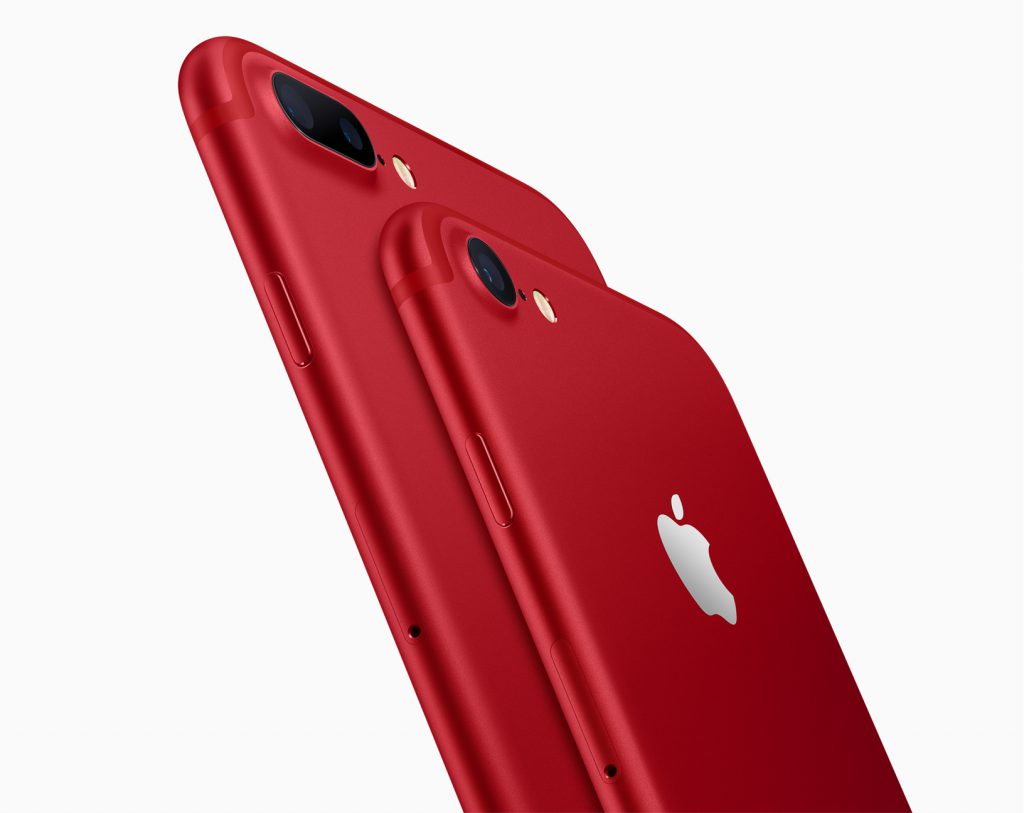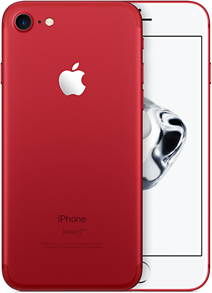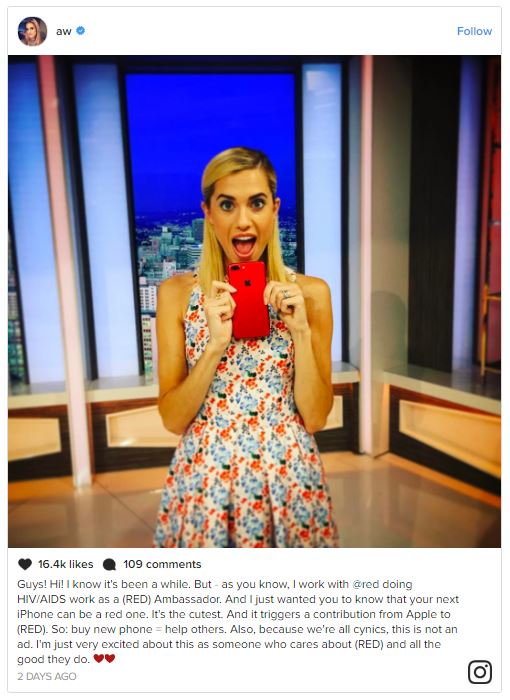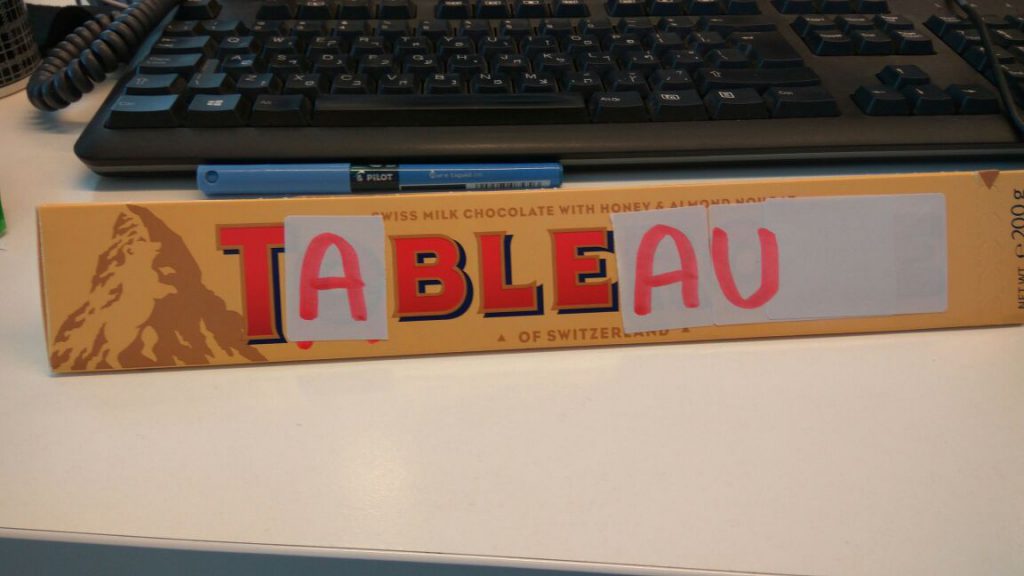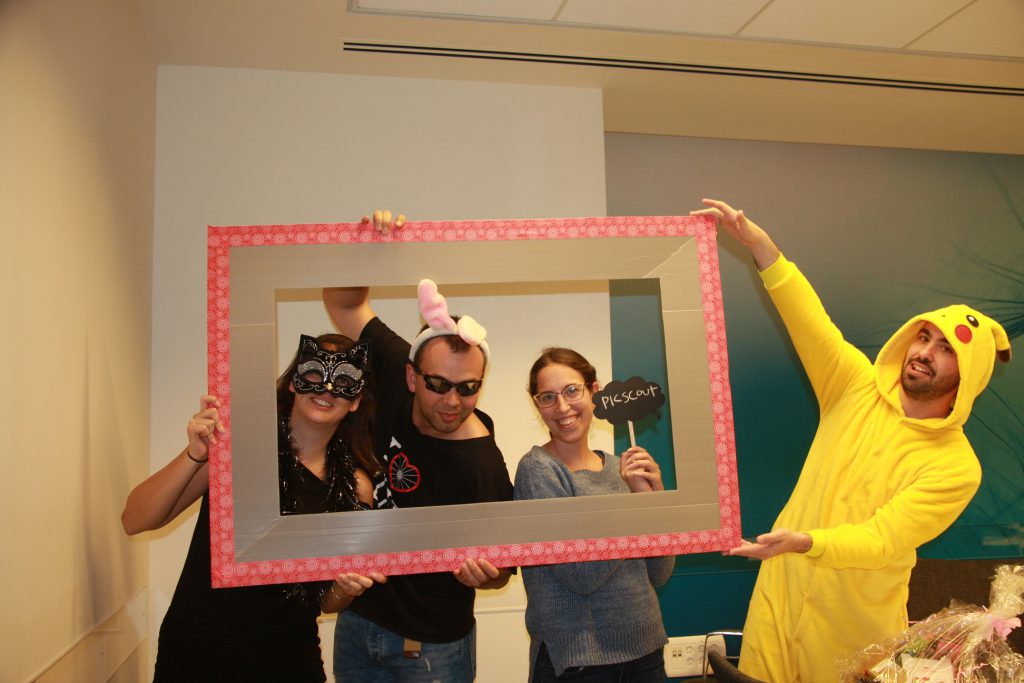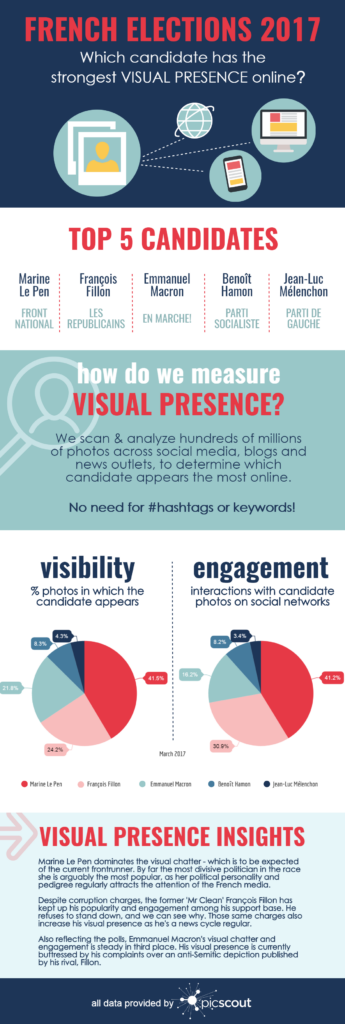Campaign Monitoring Essentials for Beginners
Are you responsible for monitoring your campaign across social media and the web? You know, it’s essential you start off on the right foot as tracking your brand’s multi-channel approach can be daunting at the outset, and downright messy if not measured properly. Here we’ll explore the beginnings of campaign monitoring across multiple digital channels and platforms – and where most of them start are with visuals.
The average brand has hundreds, if not thousands, of visual assets at their disposal. And while it’s more than likely that most filenames are obscure (how about 2017_03_27.jpg anyone?), it’s nearly impossible to capture all the relevant details to make your visual assets super discoverable.
Most marketers are struggling to find the time and resources to plan, create and sustain all the visual content that’s expected of them to produce. So it’s pretty much a nightmare having to sift through galleries of endless mislabeled photos trying to find the perfect one for your campaign. It’s also incredibly time-consuming to manually tag images with appropriate keywords so they’re easily searchable in the future.
But it doesn’t have to be this hard. The latest developments in artificial intelligence and image recognition technology boost workflow efficiency significantly, speeding up a bunch of tasks that would ordinarily take a huge chunk of your time and nerves. Game changer.
Boost Your Workflow with Visual Search
With the increase in so much visual content to produce and curate, media management in campaign monitoring is a high priority. While there are a number of tools that help create visual marketing content, there aren’t so many that organize them efficiently so that they’re discoverable in the future.
One such technology that’s developed in response to the explosion of visual content is Visual Search. Visual Search allows you to search for content by visual similarity, instead of relying on text. AI-driven Visual Search scans large image collections to find identical or similar images to the one you’re looking for. As visuals are the marketing language du jour, Visual Search helps you to find images you might not have the words to describe.
What’s more, Visual Search is instrumental organizing large image collections. It automates media management in identifying duplicates and unwanted images that you might want to clean from your image library.
Whoever said a picture is worth 1000 words was never responsible for its metadata
With the trend to immersive marketing, campaigns are often run across a number of different channels, and things often slip through the cracks when monitoring those campaigns — like adding metadata to your media. The tedious, thankless, but absolutely necessary work of manually labeling each visual asset can be swiftly accomplished with AI-driven auto-tagging.
The fusion of artificial intelligence with image recognition technology has enabled computers to ‘see’ objects and context within visual content, and in turn tag the visuals with appropriate keywords. With suggested auto-tagging, marketers can find the visual content they’re looking for far quicker, enabling them to repurpose the content or simply simply move on to the next task.
An instant return on investment.
Don’t I Know You? Facial Recognition & People Analysis
Not only can a computer ‘see’ objects within visuals, the advancements of face detection and recognition capabilities enables computers to also recognize faces and even identify specific people when trained.
Marketers, PR firms and photo agencies can use this technology when searching visuals with a certain demographic in mind, or to find a specific person within their image library. This is extremely useful when managing brand ambassadors and high-value assets. Not only can the technology produce all images featuring the nominated talent, but it also eliminates the need to manually classify each visual with the talent’s name. Huge time-saver — another instant return on investment.
Digital Media Management in Monitoring your Campaign in 2017
AI is shaping so many aspects of the marketing process — yet despite the over-hyped fear of marketers being replaced with AI, the reality in 2017 is much more benign. As we’ve shown here, anything that seems rote or mechanical can be replaced with good AI, freeing up marketers to concentrate on the most important aspect of their job: marketing.
Media management in tracking your campaign is just one aspect of the capabilities of AI-driven image recognition technology. Using real-time visual demographic data, for example, allows marketers to monitor their campaigns and target commercials with demographic-specific content. Creative ways of using facial recognition technology includes screens at gas stations and in malls scanning customers’ faces in order to run tailored ads.
We’ll explore the many other ways AI and computer vision can be adapted for marketers and creative agencies in our next AI + Marketing instalment. For a taster, check out how image recognition technology can measure a brand’s visual impact with PicScout’s Insights for Business.


